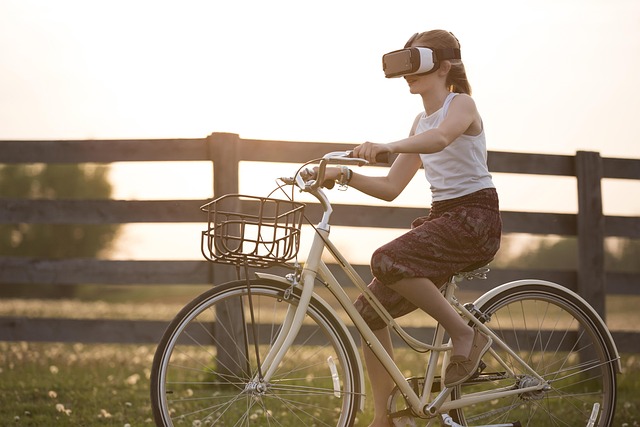Remember the days of dusty textbooks and static diagrams? While traditional methods still have their place, the landscape of learning is poised for a dramatic evolution. We’re standing at the threshold of a new era where the classroom extends beyond physical walls, venturing into vibrant, interactive digital realms. The potential for deeper understanding, unparalleled accessibility, and truly engaging experiences is immense. It’s an exciting time to explore how virtual space is set to reshape education as we know it.
Virtual Reality: Step Inside the Lesson
Imagine dissecting a frog without the smell of formaldehyde, or walking through ancient Rome as it stood two thousand years ago. This is the power of Virtual Reality (VR) in education. By immersing students in 3D environments, VR turns passive observation into active participation. It allows learners to explore complex concepts, practice skills in risk-free simulations, and gain empathy by experiencing situations from different perspectives. From exploring the human circulatory system in detail to conducting chemistry experiments that would be too dangerous or expensive in reality, VR offers experiences that are simply impossible in a traditional setting, making learning unforgettable.
Augmented Reality: Bringing Learning to Life
While VR transports you to a new world, Augmented Reality (AR) brings digital elements into *your* world. Using devices like smartphones or tablets, AR overlays digital information – 3D models, interactive graphs, contextual data – onto the real physical environment. Picture pointing your phone at a plant and seeing its growth cycle explained, or looking at an engine block and having interactive labels appear explaining each part’s function. AR makes learning contextual and immediate, bridging the gap between theoretical knowledge and real-world application. It’s particularly powerful for subjects like science, technology, engineering, and mathematics (STEM), allowing students to visualize abstract concepts in a tangible way right in front of them.
The Metaverse: A Persistent Learning Universe
Building upon VR and AR, the concept of the metaverse in education envisions persistent, interconnected virtual worlds where students, teachers, and collaborators can meet, interact, and learn together in a shared digital space. More than just individual VR applications, the educational metaverse could host virtual campuses, collaborative project spaces, historical simulations, and even global classrooms where students from different continents gather in real-time. It offers opportunities for social learning, collaborative problem-solving in immersive environments, and the creation of personalized learning journeys within a vast digital landscape. Think of attending a lecture as an avatar in a virtual amphitheater or collaborating on building a virtual model of a city with peers worldwide.
The integration of VR, AR, and the emerging metaverse holds the promise of making education more accessible, equitable, and profoundly engaging. As technology continues to advance, the lines between the physical and digital classroom will increasingly blur, opening up new frontiers for how we teach, learn, and explore the world around us.



